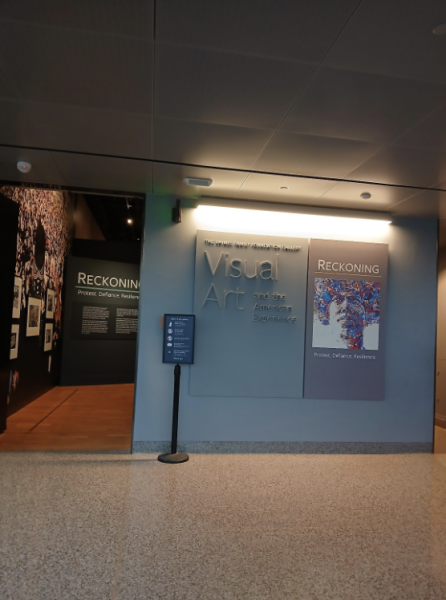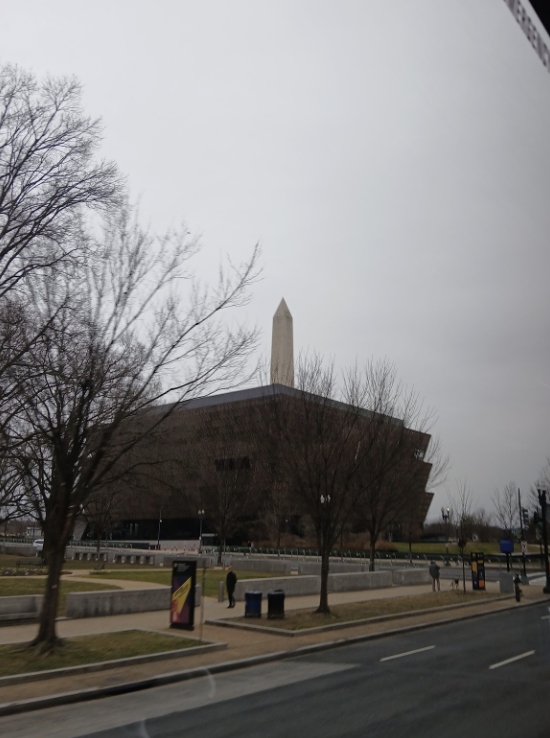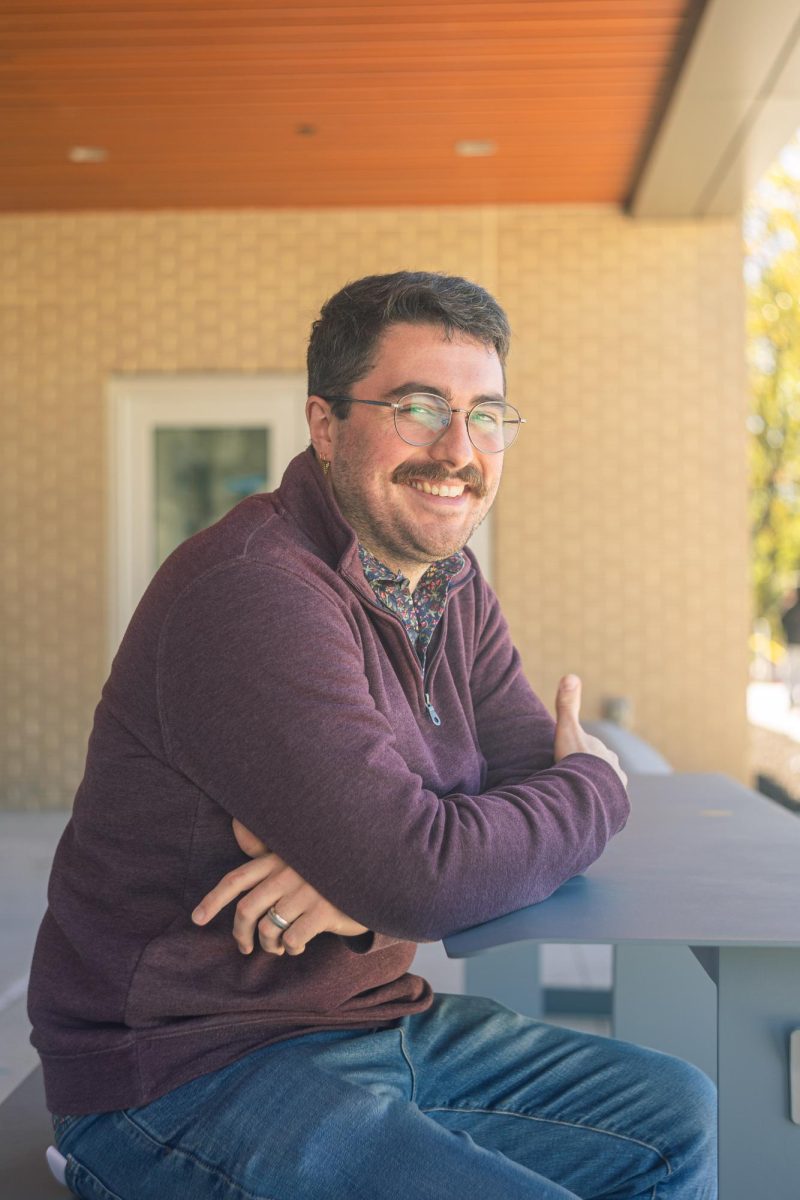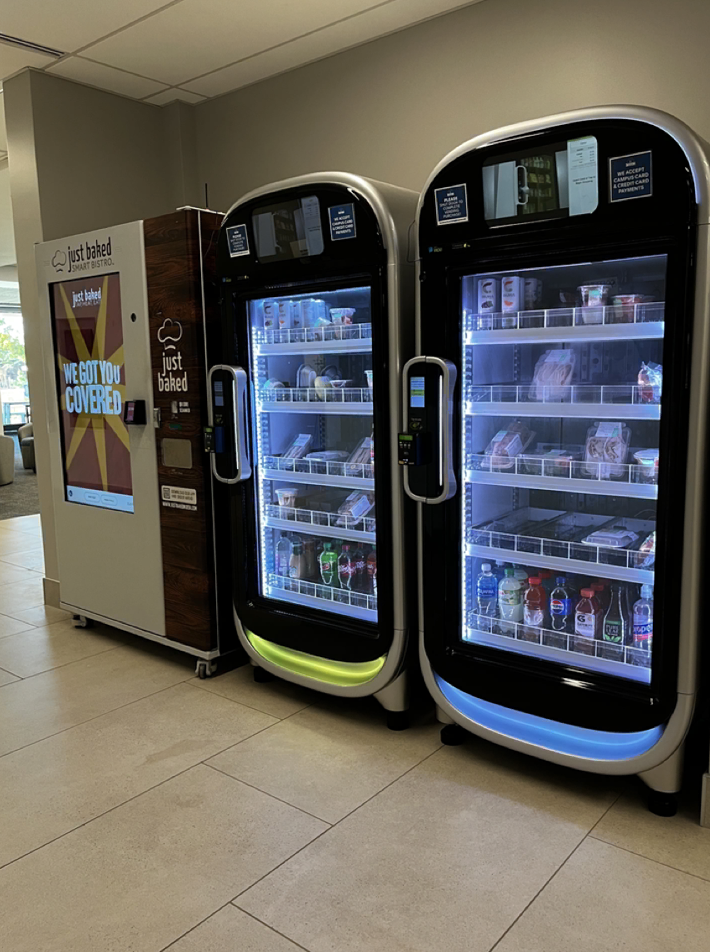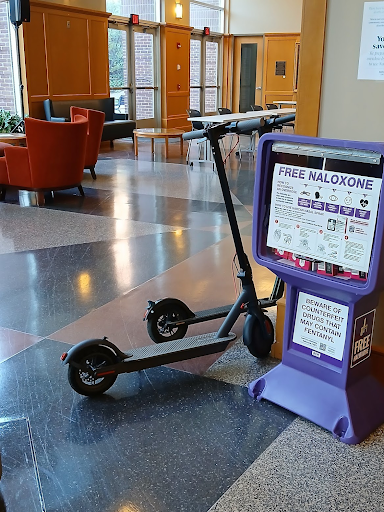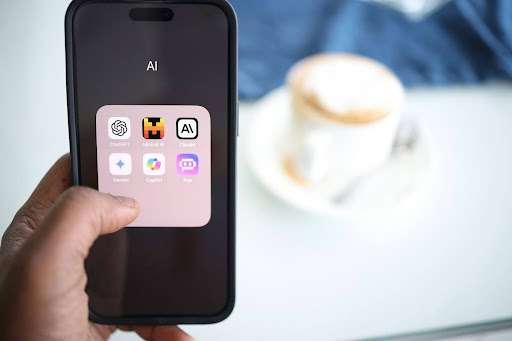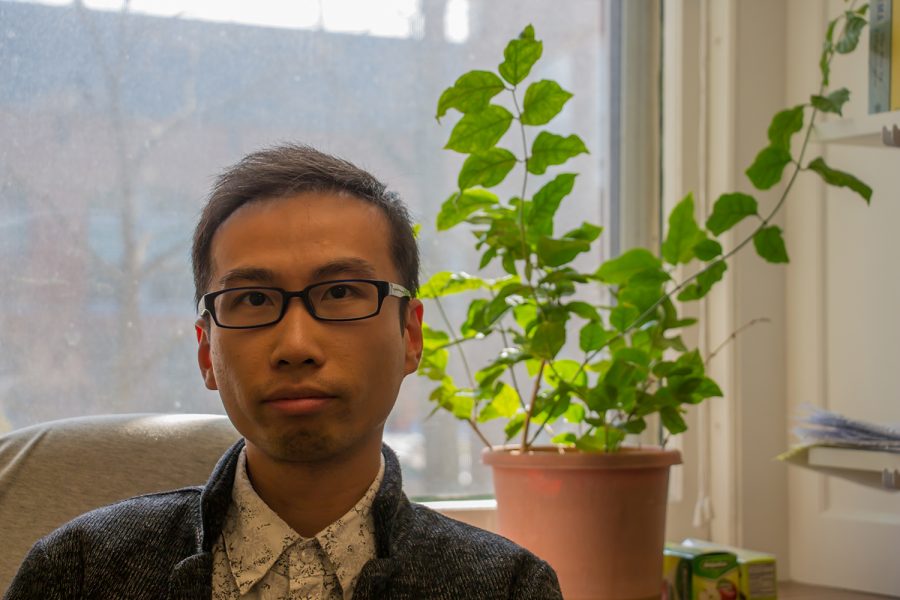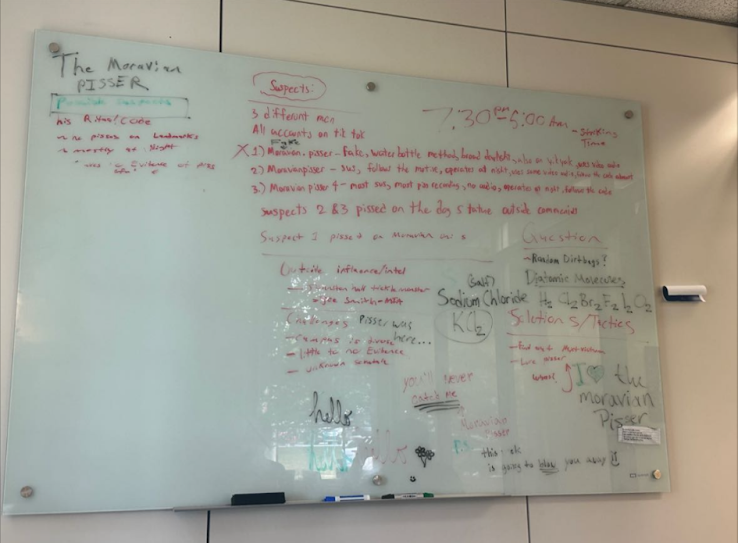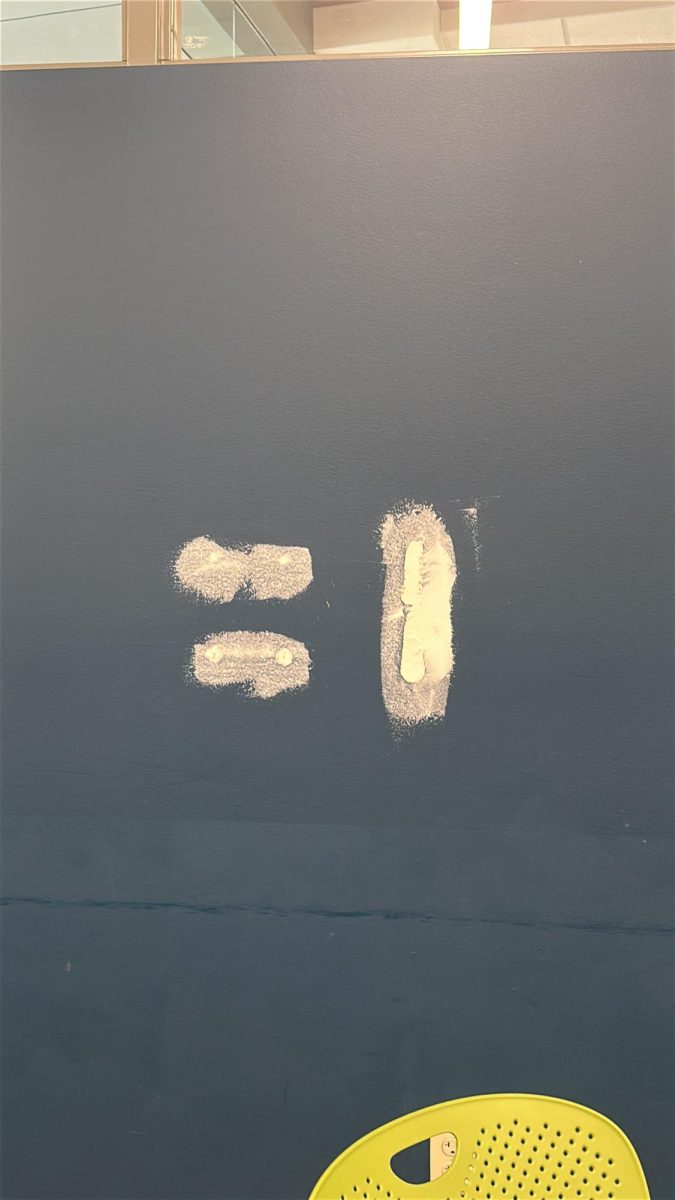On Saturday, Feb. 8, The Center for Inclusive Excellence (CIE) sponsored a day-long trip to Washington D.C. where students got to visit the National Museum of African American History and Culture. Located near the Washington Monument, this Smithsonian museum was established in 2003 and officially opened to the public in 2016.
Each floor featured detailed galleries on media arts, community, culture, and history. The lower-level concourse history galleries were an engaging walkthrough of slavery, segregation, and a “changing America.” Starting with the Middle Passage, part of the gallery contained artifacts from slave ships and detailed experiences from Olaudah Equiano and Ottobah Cugoano. What was interesting was that this section was dark and dreary with low ceilings that emphasized the brutal lives of slaves and, more elaborately, the poor, tight quarters of slave ships.
Leaving this section of the gallery, you are greeted with a grand and spacious area dedicated to the founding of America and the irony of independence. This section included unsung Black heroes such as Toussaint Louverture, a prominent leader in the Haitian Revolution, Phyllis Wheatley, an author who was the first African American to publish a book of poems, and Elizabeth Freeman, the first enslaved person to file and win a freedom lawsuit against Massachusetts. As you continued, the gallery transitioned into the Jim Crow era, and you could walk through a railcar to truly see the differences between white and colored sections.
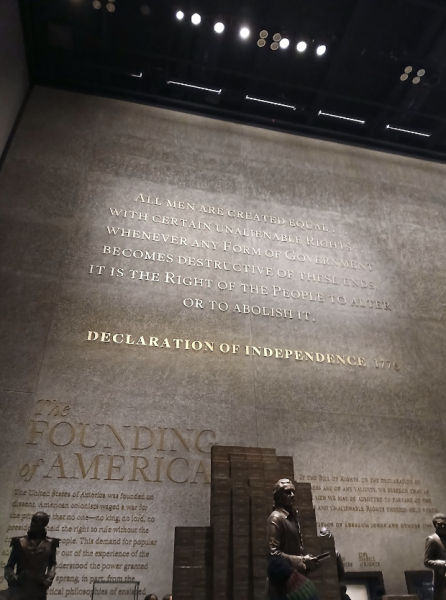
Additionally, there was an area with lunch counters where you could sit and learn about the famous Greensboro sit-ins. Attached was an Emmett Till Memorial, featuring the original casket donated by Till’s family. This was the only section where photography was prohibited, and rightfully so.
On the second floor, the “Explore More” section consisted of interactive learning activities for everyone to participate in. The activities had different ways of engaging players and covered different aspects of African American culture and history. One of my personal favorites was the step show performed by the professional step group, “Step Afrika!” Another activity that stood out was the “Search for Sao Jose,” which took users through a detailed process of investigating the disappearance of a wrecked slave ship.
Floor three featured community galleries of remarkable innovations, sports, and the African American military experience. These galleries offered rich history on carpentry such as Henry Boyd’s bed frame, game changers such as Jesse Owens, Muhammad Ali, and Michael Jordan, misogynoir such as a copy of Gloria Richardson’s This Child’s Gonna Live, and the military equipment and attire from the American Revolution to the Iraq War.
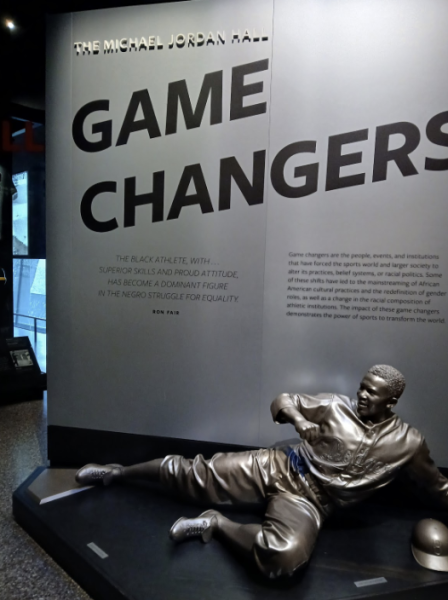
The fourth floor included a scenic panorama of the National Mall and spotlighted my favorite galleries in the entire museum: the visual art and musical crossroads galleries. The Visual Art and the American Experience featured an incredible collection of paintings, photographs, sculptures, and woven wall art. The cultural expressions gallery covered a broader, aesthetic expression of Black culture from literature such as Toni Morrison’s The Bluest Eye, colorism and the Paper Bag Test, and multilingual intersections.
Connected was the musical crossroads; a vibrant, kaleidoscopic space where you could explore Black influence in different musical genres, as well as prominent and underrated Black and Afro-Latino artists. Musical instruments, artifacts, and performance outfits from artists such as Chuck Berry, Prince, Whitney Houston, and Celia Cruz were brightly displayed.
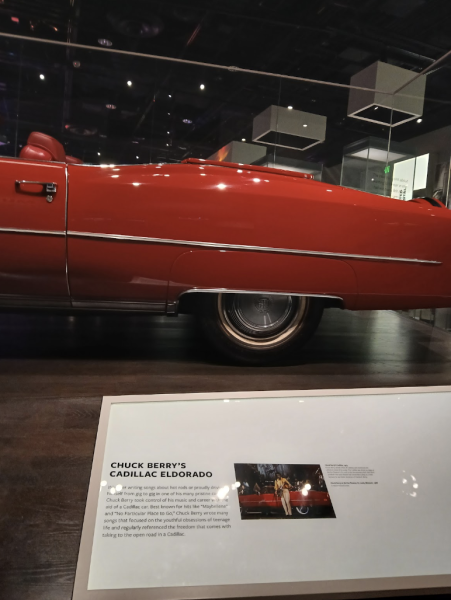
The SiriusXM Neighborhood Record Store section also displayed groundbreaking albums and records from Black artists of all musical genres.
This museum was a versatile experience and a must-see for anyone museum-hopping in our nation’s capital. Special thanks to the CIE faculty and staff who joined the trip and made the experience memorable!
